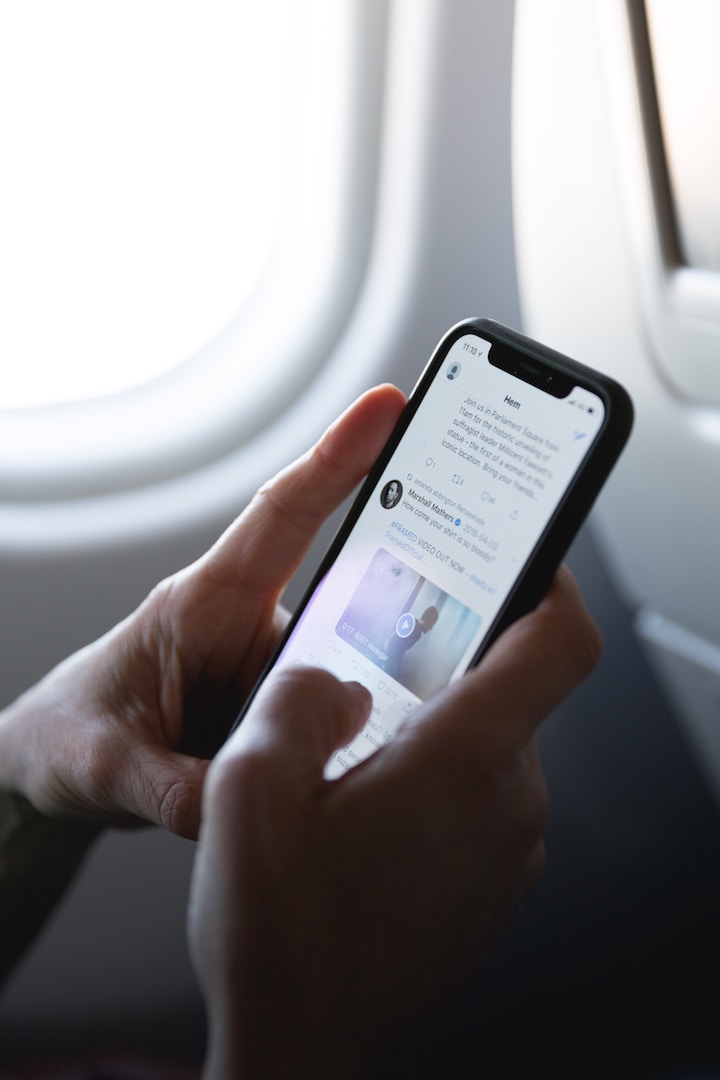
Slowly but surely, marketers are abandoning the old-style “push” methodologies in favor of “pull” messages that draw ideal clients in and convince them to buy. Yet somehow, the majority of PR firms and business owners that take PR in-house haven’t yet gotten the memo. They’re still operating the outbound way—mass emailing press releases and cold calling editors.
Iliyana Stareva—author of Inbound PR: The PR Agency’s Manual to Transforming Your Business with Inbound—wants to change that. She says small businesses and PR agencies must adapt to the new way or risk becoming irrelevant.
Based on HubSpot’s Inbound Marketing Methodology—which attracts customers through helpful content and turns them into customers and promoters of a brand—Inbound PR Methodology allows PR to show ROI. Each phase has a particular goal that is Specific, Measurable, Achievable, Realistic, and Timely (SMART) and numeric.
Inbound PR tips for small businesses
Since media relations remain such a big focus of PR—and because HubSpot found that at 47 percent, media articles are the number-one source after word-of-mouth that influences consumer behavior—here’s a look at the Inbound PR Methodology in action, applied to the media.
In this case, media stands not just for traditional outlets such as newspaper, TV, and radio journalists, but also content creators across social platforms (e.g., bloggers, YouTubers, Instagram, and basically any influencer).
Phase 1: Attract the media
The first stage is to attract the media and transform them from strangers to visitors. You can do this by creating relevant SEO content like blog posts, press releases, and social messages that are search engine optimized so they are easily found.

Just as up to 80 percent of buyers make buying decisions without ever speaking to a sales rep. The media also uses Google and their networks to research stories and source brands or influencers for them. Even if you pitch media outlets, they’ll come back and check your online presence. If you don’t have any relevant content, they won’t consider you relevant, either.
Phase 2: Convert with content
Here’s where you persuade media influencers that you are relevant by offering even more, even better targeted content. This may consist of long-form pieces gated behind forms on landing pages that require visitors to provide contact data so you can reach out later in a personalized way. This is how you gather media leads.

You’ll also want to prepare a designated inbound PR newsroom that includes everything a media person needs to know and learn about you.
Phase 3: Close the loop with a pitch
By this point, you’ve managed to persuade the media on how great you are with your remarkable content. You know exactly who they are and what they are interested in within your brand. So now it’s time to reach out to them in a relevant and personalized way through social media or email, based on their preferred method of communication.

You can offer events, exclusives, or anything special to seal the deal. This is the PR pitch—delivering the right story material to the right media—where you turn your media leads into publishers.
Phase 4: Delight your media contacts
The last phase is all about relationship building. By now you have worked with the media on some stories together, they’ve gone out, and it’s been a win-win with some inbound links building; they link to your website, and you link to their publication in your inbound PR newsroom.

Remember, you don’t want this to be a one-off. You want repeat PR mentions, so be sure to use social media to spread the word and share the work of the media people you’ve just collaborated with. Share the pieces that are about you along with other interesting material to show genuine interest in their work. Also use a social media monitoring platform to track what else they and others are saying. Engage in those conversations and it might open up even more media opportunities for you.
Final thoughts
“The four stages of the Inbound PR Methodology help you turn strangers into promoters and nurture lasting relationships in a refreshing new way that works,” concludes Stareva.
“You attract the clients and media attention you need, and they get real results from your services. Even better, everyone in your agency knows what their measurable targets and bottom-line goals are. This makes it easier than ever to track and evaluate your results and steadily improve.”
Iliyana Stareva is the author of Inbound PR: The PR Agency’s Manual to Transforming Your Business with Inbound. She is Global Partner Program Manager at HubSpot, focusing on aligning HubSpot’s expanding global teams to better service the agency partners and smoothly roll out changes to the program. She spends her free time dancing salsa or writing about inbound PR, inbound marketing, and agency business, expertise gathered from years of agency experience and agency business consulting across Germany, the UK, and Ireland. Connect with @IliyanaStareva on Twitter.
© YFS Magazine. All Rights Reserved. Copying prohibited. All material is protected by U.S. and international copyright laws. Unauthorized reproduction or distribution of this material is prohibited. Sharing of this material under Attribution-NonCommercial-NoDerivatives 4.0 International terms, listed here, is permitted.





